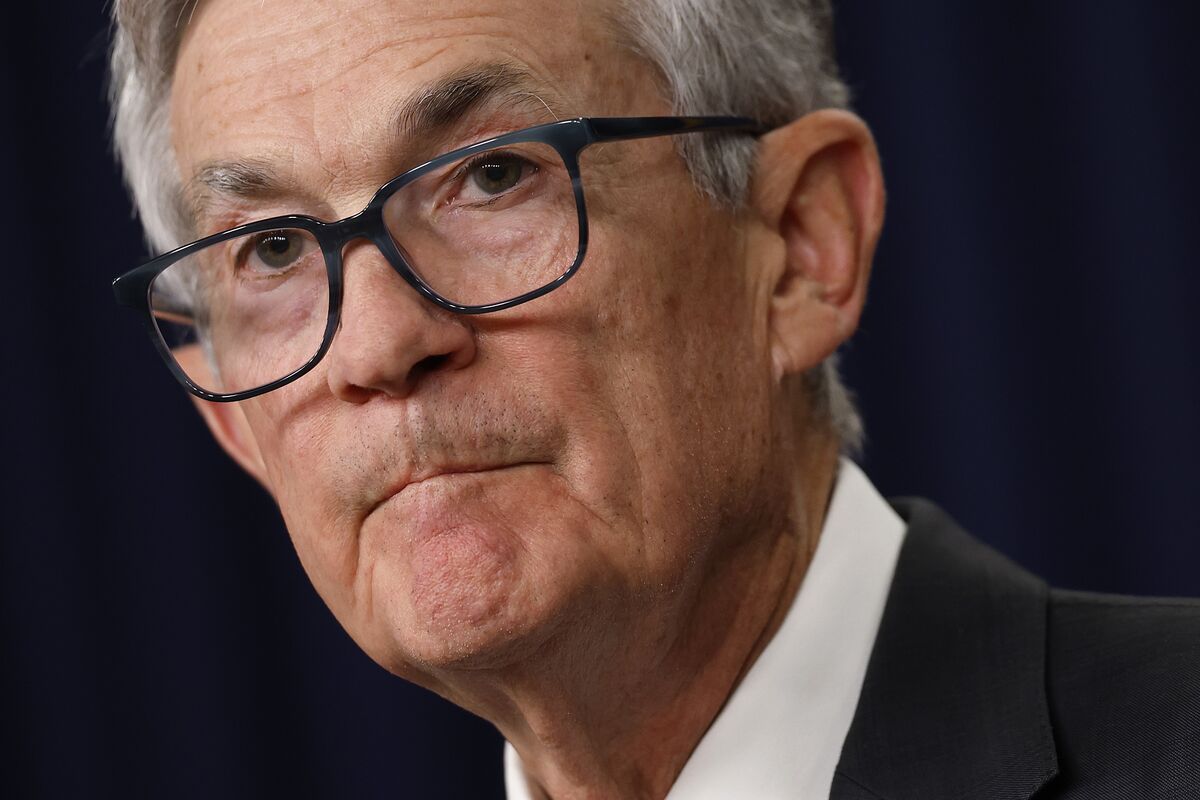Facing Stagflation: The Fed's Limited Options
The specter of stagflation – a dreaded combination of slow economic growth, high unemployment, and persistent inflation – is haunting global markets. As central banks grapple with taming inflation, the Federal Reserve (Fed) finds itself in a particularly precarious position, facing limited options with potentially significant downsides. This article explores the challenges the Fed faces and analyzes its constrained policy toolkit.
Understanding the Current Economic Climate
The current economic landscape is characterized by stubbornly high inflation, fueled by supply chain disruptions, the war in Ukraine, and robust consumer demand. Simultaneously, economic growth is slowing, raising concerns about a potential recession. This confluence of factors creates the perfect storm for stagflation. Unlike traditional inflationary periods where robust economic growth allows for aggressive interest rate hikes, the Fed's current predicament demands a more nuanced approach.
Key Indicators Pointing Towards Stagflation:
- Persistent Inflation: Inflation remains well above the Fed's target of 2%, indicating that its previous interest rate increases haven't effectively curbed price pressures.
- Slowing GDP Growth: Economic growth is decelerating, signaling a potential weakening of the overall economy. This is evident in slowing consumer spending and business investment.
- Rising Unemployment: While unemployment remains relatively low, there are signs of softening in the labor market, suggesting potential future job losses.
The Fed's Constrained Policy Options
The Fed's primary tool for combating inflation is adjusting interest rates. However, aggressively raising rates to combat inflation risks triggering a deeper recession, exacerbating unemployment, and ultimately deepening the stagflationary pressures. This leaves the Fed walking a tightrope.
The Dilemma: Inflation vs. Recession
- Aggressive Rate Hikes: While effective in curbing inflation, this strategy could trigger a sharp economic downturn, leading to higher unemployment and social unrest.
- Gradual Rate Increases: A slower approach might not be sufficient to tame inflation effectively, allowing it to become entrenched and erode purchasing power.
- Quantitative Tightening (QT): Reducing the Fed's balance sheet through QT aims to curb inflation by reducing liquidity in the market. However, this too carries recessionary risks.
Alternative Strategies and Unconventional Tools
Given the limitations of traditional monetary policy, the Fed is exploring alternative strategies:
- Forward Guidance: Clearly communicating the Fed's intentions and expectations about future policy can help shape market expectations and influence inflation expectations.
- Targeted Interventions: Focusing on specific sectors facing significant inflationary pressures could offer a more surgical approach than broad-based interest rate increases.
The Long-Term Outlook and Global Implications
The current economic situation presents significant challenges not only for the US but also for the global economy. The Fed's actions will have ripple effects across international markets, impacting exchange rates, capital flows, and global growth. The path forward is uncertain, and navigating this complex economic landscape requires careful consideration and a potentially unconventional approach.
Conclusion: A Delicate Balancing Act
The Fed is facing an unprecedented challenge in combating stagflation. There are no easy answers, and any policy decision carries significant risks. The coming months will be crucial in determining the success of the Fed's strategies and the ultimate impact on the US and global economy. Staying informed about economic indicators and the Fed's policy decisions is critical for investors and businesses alike. [Link to a relevant economic news source]
Keywords: Stagflation, Federal Reserve, Fed, inflation, recession, interest rates, monetary policy, economic growth, unemployment, quantitative tightening, QT, economic indicators, global economy.
